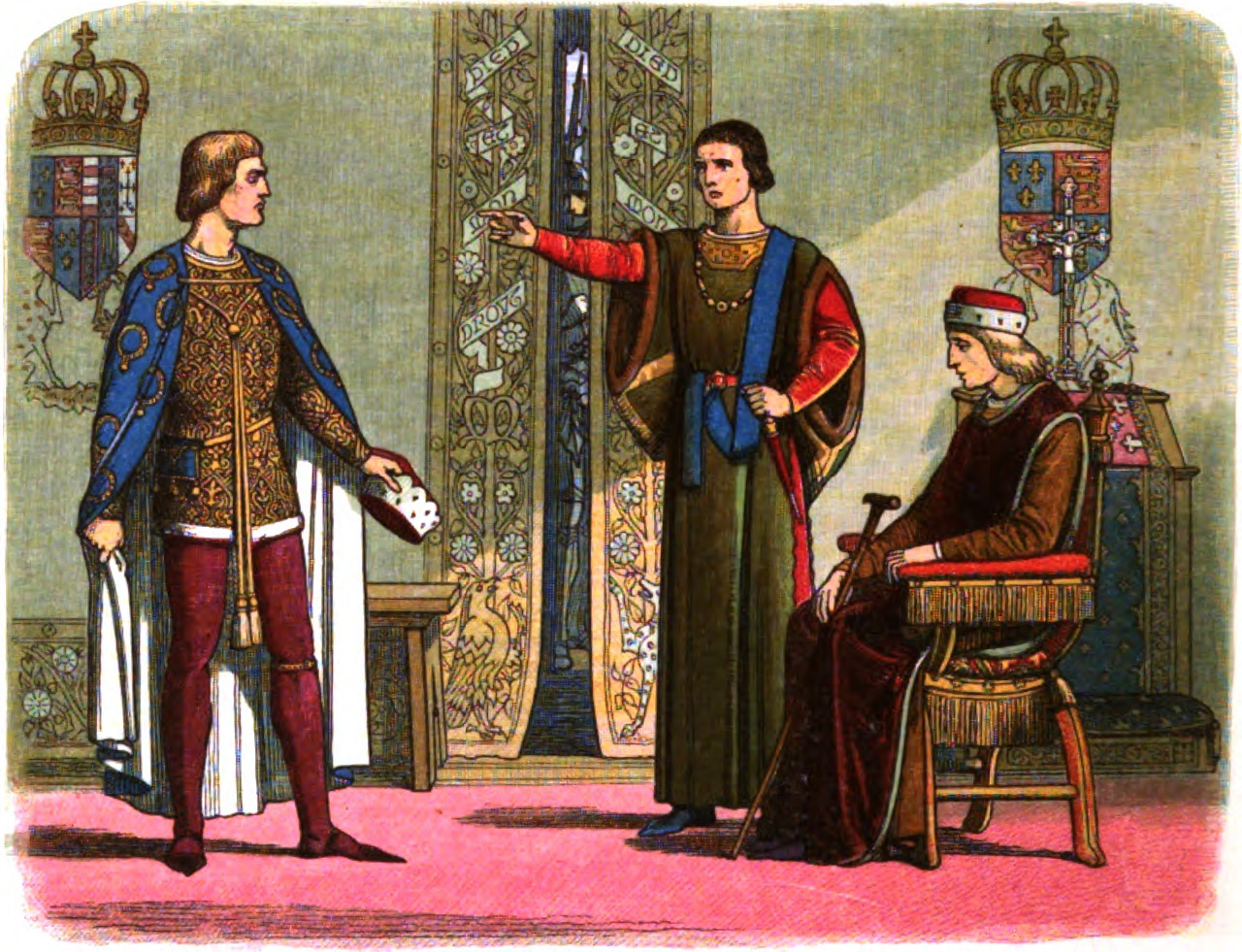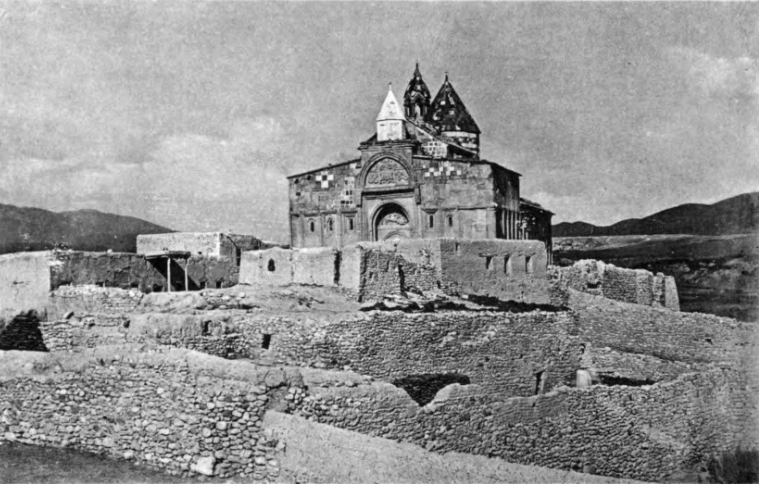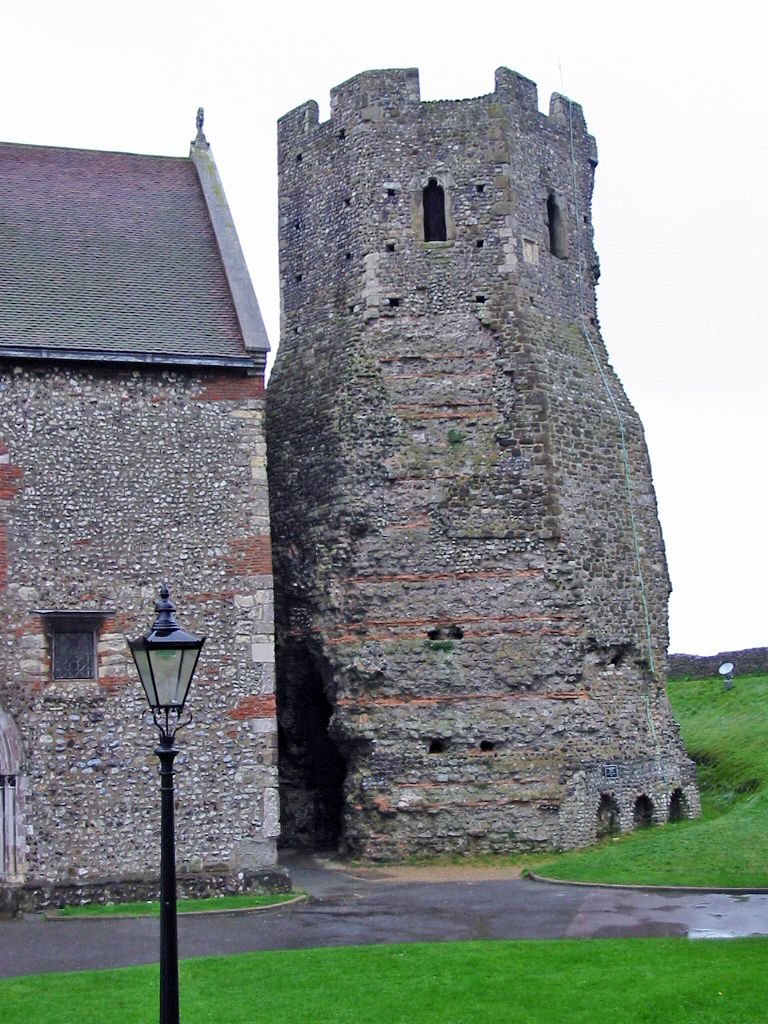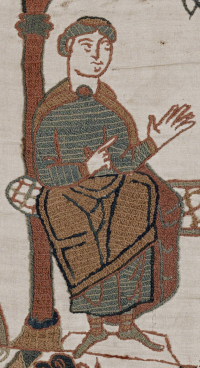|
Tonge, Kent
Tonge () is a village near Sittingbourne in Kent, England. The hamlet is north of Bapchild (where at the 2011 Census the population was included), close to Murston Marshes beside the Swale. It is mainly farmland with one road (Church Road and Blacketts Road) passing through it towards Blacketts Farm. History In 1798, Edward Hasted records that it was once called 'Thwang' (a Saxon name). Vortigern, King of Saxon Britain, rewarded two Saxon chiefs Hengist and Horsa after his victory over the Scottish people, Scots and Picts. Hengist requested, as a pledge of the king's affection, only as much land as on ox-hide could surround. This being granted, he cut the whole hide into small thongs (long, thin strips, generally of sturdy fiber or leather, typically used for binding), and inclosed within them a space of ground, this was large enough to contain a castle, which he accordingly built on it, and named it ''Thwang-ceastre'' (i. e. Thong-castle). The castle later became a ruin in the ... [...More Info...] [...Related Items...] OR: [Wikipedia] [Google] [Baidu] |
Borough Of Swale
Swale is a Non-metropolitan district, local government district with Borough status in the United Kingdom, borough status in Kent, England. The council is based in Sittingbourne, the borough's largest town. The borough also contains the towns of Faversham, Queenborough and Sheerness, along with numerous villages and surrounding rural areas. It includes the Isle of Sheppey and is named after The Swale, the narrow channel which separates Sheppey from the mainland part of the borough. Some southern parts of the borough lie within the Kent Downs, a designated Area of Outstanding Natural Beauty. The borough borders the Medway unitary authority area to the west, the Borough of Maidstone to the south-west, the Borough of Ashford to the south-east, and the City of Canterbury to the east. Under proposed reorganisation in either April 2027 or 2028 the borough will face abolition and will join with one or more adjoining councils to form a new Unitary Authority. Details of such proposals ar ... [...More Info...] [...Related Items...] OR: [Wikipedia] [Google] [Baidu] |
Bede
Bede (; ; 672/326 May 735), also known as Saint Bede, Bede of Jarrow, the Venerable Bede, and Bede the Venerable (), was an English monk, author and scholar. He was one of the most known writers during the Early Middle Ages, and his most famous work, '' Ecclesiastical History of the English People'', gained him the title "The Father of English History". He served at the monastery of St Peter and its companion monastery of St Paul in the Kingdom of Northumbria of the Angles. Born on lands belonging to the twin monastery of Monkwearmouth–Jarrow in present-day Tyne and Wear, England, Bede was sent to Monkwearmouth at the age of seven and later joined Abbot Ceolfrith at Jarrow. Both of them survived a plague that struck in 686 and killed the majority of the population there. While Bede spent most of his life in the monastery, he travelled to several abbeys and monasteries across the British Isles, even visiting the archbishop of York and King Ceolwulf of Northumbria. ... [...More Info...] [...Related Items...] OR: [Wikipedia] [Google] [Baidu] |
Battle Of Wakefield
The Battle of Wakefield took place in Sandal Magna near Wakefield in northern England, on 30 December 1460. It was a major battle of the Wars of the Roses. The opposing forces were an army led by nobles loyal to the captive King Henry VI of the House of Lancaster and his Queen Margaret of Anjou on one side, and the army of Richard, Duke of York, the rival claimant to the throne, on the other. For several years before the battle, the Duke of York had become increasingly opposed to the weak King Henry's court. After open warfare broke out between the factions and Henry became his prisoner, he laid claim to the throne, but lacked sufficient support. Instead, in an agreement known as the Act of Accord, he was made Henry's heir to the throne, displacing from the succession Henry's and Margaret's 7-year-old son Edward, Prince of Wales. Margaret of Anjou and several prominent nobles were irreconcilably opposed to this accord, and massed their armies in the north. Richard of Yor ... [...More Info...] [...Related Items...] OR: [Wikipedia] [Google] [Baidu] |
Richard Of York, 3rd Duke Of York
Richard of York, 3rd Duke of York (21 September 1411 – 30 December 1460), also named Richard Plantagenet, was a leading English magnate and claimant to the throne during the Wars of the Roses. He was a member of the ruling House of Plantagenet by virtue of being a direct male-line descendant of Edmund of Langley, King Edward III's fourth surviving son. However, it was through his mother, Anne Mortimer, a descendant of Edward III's second surviving son, Lionel of Antwerp, that Richard inherited his strongest claim to the throne, as the opposing House of Lancaster was descended from John of Gaunt, Duke of Lancaster, the third surviving son of Edward III. He also inherited vast estates and served in various offices of state in Ireland, France and England, a country he ultimately governed as Lord Protector due to the mental instability of King Henry VI. Richard's conflicts with Henry's wife, Margaret of Anjou, and other members of Henry's court, such as Edmund Beaufort, ... [...More Info...] [...Related Items...] OR: [Wikipedia] [Google] [Baidu] |
Roger Mortimer, 2nd Earl Of March
Roger de Mortimer, 2nd Earl of March, 4th Baron Mortimer of Wigmore, KG (11 November 132826 February 1360) was an English nobleman and military commander during the Hundred Years' War. He was the son of Sir Edmund Mortimer (d. 1331) and Elizabeth de Badlesmere, and grandson of Roger Mortimer, 1st Earl of March. Inheritance The Mortimer family lands and titles were lost after the first Earl of March's revolt and death by hanging in 1330, which was followed the next year by the death of Roger's father. Roger thus grew up with uncertain prospects, and re-acquired the family honours only gradually. Around 1342, he received back Radnor, and the next year the old family baronial seat at Wigmore, Herefordshire. Military career As a young man he distinguished himself in the wars in France, fighting at Crécy and elsewhere in the campaign of 1347. Afterwards, he was given livery of the rest of his lands, was one of the knights admitted at the foundation of the Order of t ... [...More Info...] [...Related Items...] OR: [Wikipedia] [Google] [Baidu] |
Elizabeth De Badlesmere, Countess Of Northampton
Elizabeth de Bohun (née de Badlesmere), Countess of Northampton (1313 – 8 June 1356) was the wife of two English noblemen, Sir Edmund Mortimer and William de Bohun, 1st Earl of Northampton. She was a co-heiress of her brother Giles de Badlesmere, 2nd Baron Badlesmere. At the age of eight she was sent to the Tower of London along with her mother, Margaret de Clare, Baroness Badlesmere and her four siblings after the former refused entry to Queen consort Isabella to Leeds Castle by ordering archers to open fire against her group. Family Elizabeth was born at Castle Badlesmere, Kent, England in 1313 to Bartholomew de Badlesmere, 1st Baron Badlesmere and Margaret de Clare. Her paternal grandparents were Guncelin de Badlesmere and Joan FitzBernard, and her maternal grandparents were Thomas de Clare, Lord of Thomond and Juliana FitzGerald of Offaly. Elizabeth's father was hanged, drawn and quartered on 14 April 1322 for having participated in the Earl of Lancaster's rebelli ... [...More Info...] [...Related Items...] OR: [Wikipedia] [Google] [Baidu] |
Giles De Badlesmere, 2nd Baron Badlesmere
Giles de Badlesmere, 2nd Baron Badlesmere (18 October 1314 – 7 June 1338) was an English nobleman. Background and Biography The son and heir of Bartholomew de Badlesmere, 1st Baron Badlesmere and his wife Margaret de Clare, he was born at Hambleton, Rutland. Giles' father was executed in April 1322 for having participated in the Earl of Lancaster's rebellion against King Edward II of England. After Bartholomew had joined the rebels, his wife and their children were arrested and sent to the Tower of London because she refused to admit the Queen consort Isabella to Leeds Castle which had been granted to Bartholomew. His title and estates were attainted, therefore Giles did not immediately succeed to the barony on his father's death. In November 1328, Giles obtained a reversal of the attainder and succeeded by writ of summons as the 2nd Baron Badlesmere. However, when he died in June 1338, the barony of Badlesmere fell into abeyance as his marriage to Elizabeth Montagu had not ... [...More Info...] [...Related Items...] OR: [Wikipedia] [Google] [Baidu] |
Bartholomew De Badlesmere, 1st Baron Badlesmere
Bartholomew was one of the twelve apostles of Jesus according to the New Testament. Most scholars today identify Bartholomew as Nathanael, who appears in the Gospel of John (1:45–51; cf. 21:2). New Testament references The name ''Bartholomew'' (, transliterated "Bartholomaios") comes from the ''bar-Tolmay'' "son of Tolmai" or "son of the furrows". Bartholomew is listed in the New Testament among the Twelve Apostles of Jesus in the three Synoptic Gospels: Matthew, Mark, and Luke, and in Acts of the Apostles. Tradition Eusebius of Caesarea's ''Ecclesiastical History'' (5:10) states that after the Ascension, Bartholomew went on a missionary tour to India, where he left behind a copy of the Gospel of Matthew. Tradition narrates that he served as a missionary in Mesopotamia and Parthia, as well as Lycaonia and Ethiopia in other accounts.''Encyclopædia Britannica'', Micropædia. vol. 1, p. 924. Chicago: Encyclopædia Britannica, Inc., 1998. . Popular traditions say that Bartho ... [...More Info...] [...Related Items...] OR: [Wikipedia] [Google] [Baidu] |
Dover Castle
Dover Castle is a medieval castle in Dover, Kent, England and is Grade I listed. It was founded in the 11th century and has been described as the "Key to England" due to its defensive significance throughout history. Some writers say it is the largest castle in England, a title also claimed by Windsor Castle. History Iron age This site may have been fortified with earthworks in the Iron Age or earlier, before the Roman conquest of Britain, Romans invaded in AD 43. This is suggested on the basis of the unusual pattern of the earthworks which does not seem to be a perfect fit for the medieval castle. Excavations have provided evidence of Iron Age occupation within the locality of the castle, but it is not certain whether this is associated with the hillfort. Roman era The site also contains one of Dover's two Dubris#Lighthouses, Roman lighthouses one of only three surviving Roman-era lighthouses in the world, and the tallest and most complete standing Roman structure in Engla ... [...More Info...] [...Related Items...] OR: [Wikipedia] [Google] [Baidu] |
Bishop Of Bayeux
The Diocese of Bayeux and Lisieux (Latin: ''Dioecesis Baiocensis et Lexoviensis''; French: ''Diocèse de Bayeux et Lisieux'') is a Latin Church diocese of the Catholic Church in France. It is coextensive with the Department of Calvados and is a suffragan to the Archdiocese of Rouen, also in Normandy. With the Concordat of 1802, the former ..., the former Diocese of Lisieux"> ..., the former Diocese of Lisieux was merged with that of pontifical brief in 1854 authorized the Bishop of Bayeux to call himself Bishop of Bayeux and Lisieux. In 2022, in the Diocese of Bayeux and Lisieux there was one priest for every 2,672 Catholics. History A local legend found in 15th-century St. Exuperius an immediate disciple of Pope Clement I">Exuperius_of_Bayeux.html" ;"title="Roman Breviary">breviaries calls Exuperius of Bayeux">St. Exuperius an immediate disciple of Pope Clement I (88 to 99 CE), and the first Bishop of Bayeux. His see would according to this therefore have been founded ... [...More Info...] [...Related Items...] OR: [Wikipedia] [Google] [Baidu] |
Odo, Earl Of Kent
Odo of Bayeux (died 1097) was a Norman nobleman who was a bishop of Bayeux in Normandy and was made Earl of Kent in England following the Norman Conquest. He was the maternal half-brother of duke, and later king, William the Conqueror, and was, for a time, William's primary administrator in the Kingdom of England, although he was eventually tried for defrauding William's government. It is likely Odo commissioned the Bayeux Tapestry, a large tableau of the Norman Conquest, perhaps to present to his brother William. He later fell out with his brother over Odo's support for military adventures in Italy. William, on his deathbed, freed Odo. Odo died in Palermo, Sicily, on the way to crusade. Early life Odo was the son of William the Conqueror's mother Herleva and Herluin de Conteville. Count Robert of Mortain was his younger brother. There is uncertainty about his birth date. Some historians have suggested he was born around 1035. Duke William made him bishop of Bayeux in 1 ... [...More Info...] [...Related Items...] OR: [Wikipedia] [Google] [Baidu] |
Domesday Survey
Domesday Book ( ; the Middle English spelling of "Doomsday Book") is a manuscript record of the Great Survey of much of England and parts of Wales completed in 1086 at the behest of William the Conqueror. The manuscript was originally known by the Latin name , meaning "Book of Winchester", where it was originally kept in the royal treasury. The ''Anglo-Saxon Chronicle'' states that in 1085 the king sent his agents to survey every shire in England, to list his holdings and dues owed to him. Written in Medieval Latin, it was highly abbreviated and included some vernacular native terms without Latin equivalents. The survey's main purpose was to record the annual value of every piece of landed property to its lord, and the resources in land, labour force, and livestock from which the value derived. The name "Domesday Book" came into use in the 12th century. Richard FitzNeal wrote in the ( 1179) that the book was so called because its decisions were unalterable, like those of the ... [...More Info...] [...Related Items...] OR: [Wikipedia] [Google] [Baidu] |





